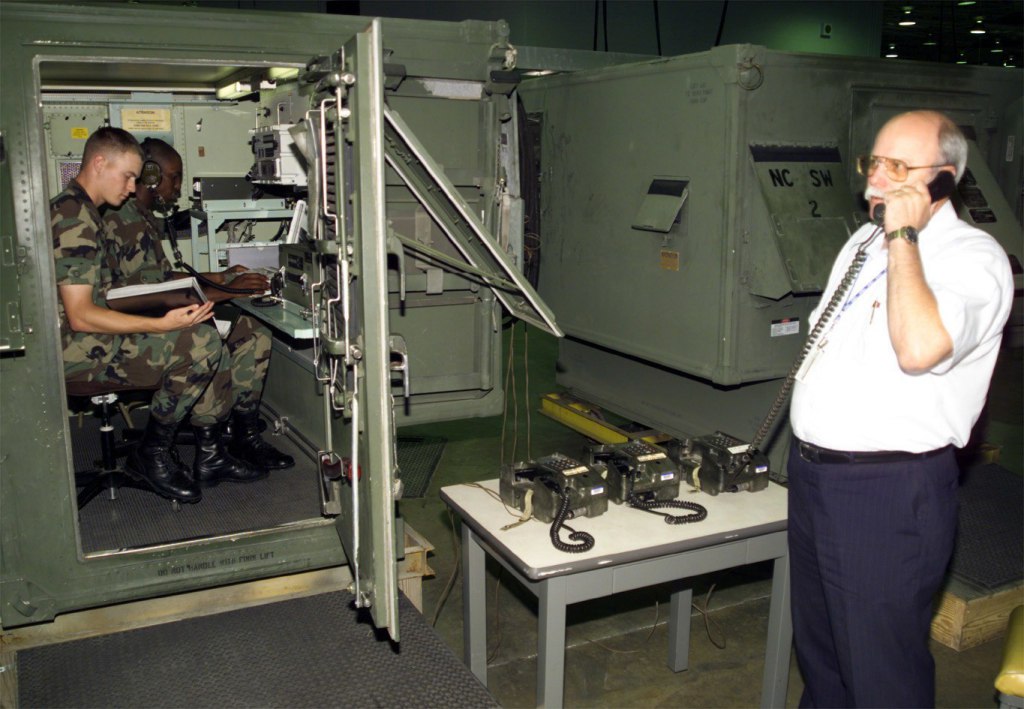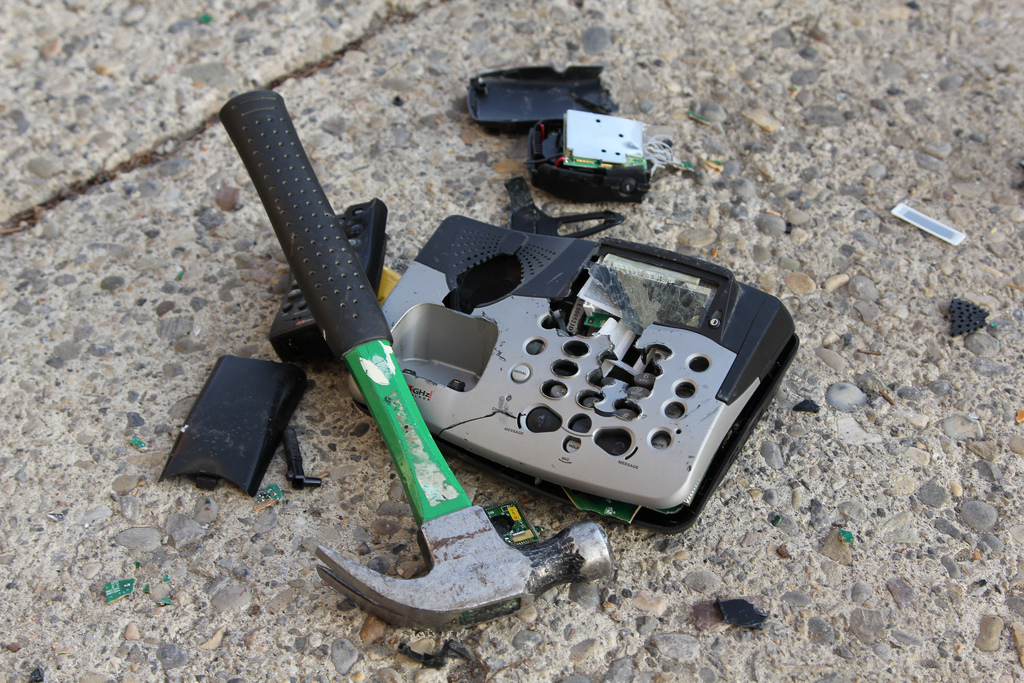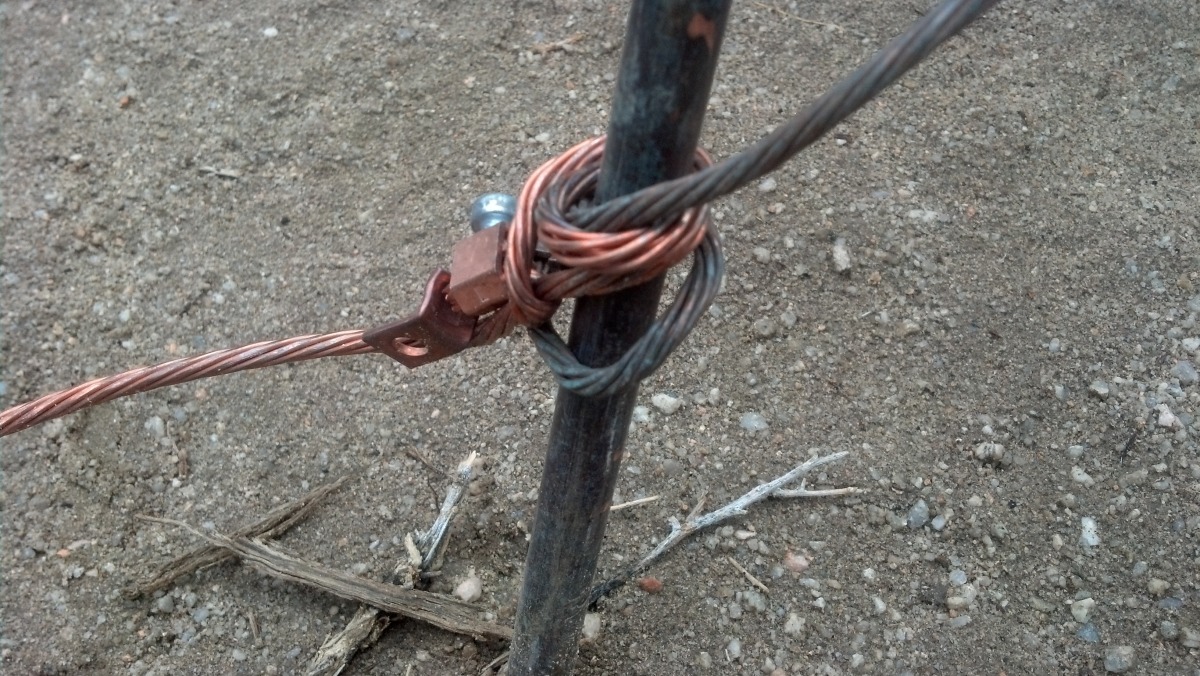I was browsing through the 255N Facebook group when someone posted this comment that got a good discussion going. There were several great points that were brought up in the conversation and I posted a short answer myself but I thought that the topic deserved a little bit more discussion.
Getting from A to Z Part 2 (Troubleshooting Layer 3)
By and large I personally think that most of us are much more comfortable with layer three than any other layer in the OSI model. We deal with it each and every day. We have a number of tools at our disposal which make it very easy for us to see if/when it’s working and just how the data is traveling. To start with though, we have to know just how things are supposed to work.
Getting from A to Z
When I entered the Army in July 1999, I came in as 31F (switch operator). Anyone who worked with MSE will remember that it had almost absolutely no data capabilities, but also that it was extremely easy to troubleshoot. Signal flow for MSE was pretty darn easy to understand. If you understood the idea of how the system worked, the signal flow was easy to follow. With the introduction of JNN and IP data networks to tactical communications, logical and physical said “It’s been fun” and headed their separate ways leaving our operators and even ourselves busy scratching our heads wondering how the hell it all worked.
Why we Ground to the Ground
Grounding is something that every signal Soldier should be familiar with. I would hazard to say that, we have all heard of it, all acknowledge the fact that it is an import step during the setup of any signal system (it is hard to find a technical manual for a piece of equipment with a power plug that doesn’t mention grounding at least once) but few people understand why we need to do it and even fewer know how to do it properly.




